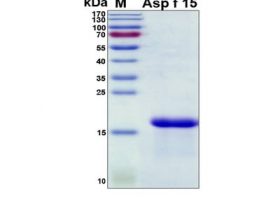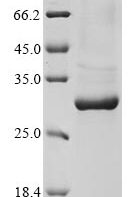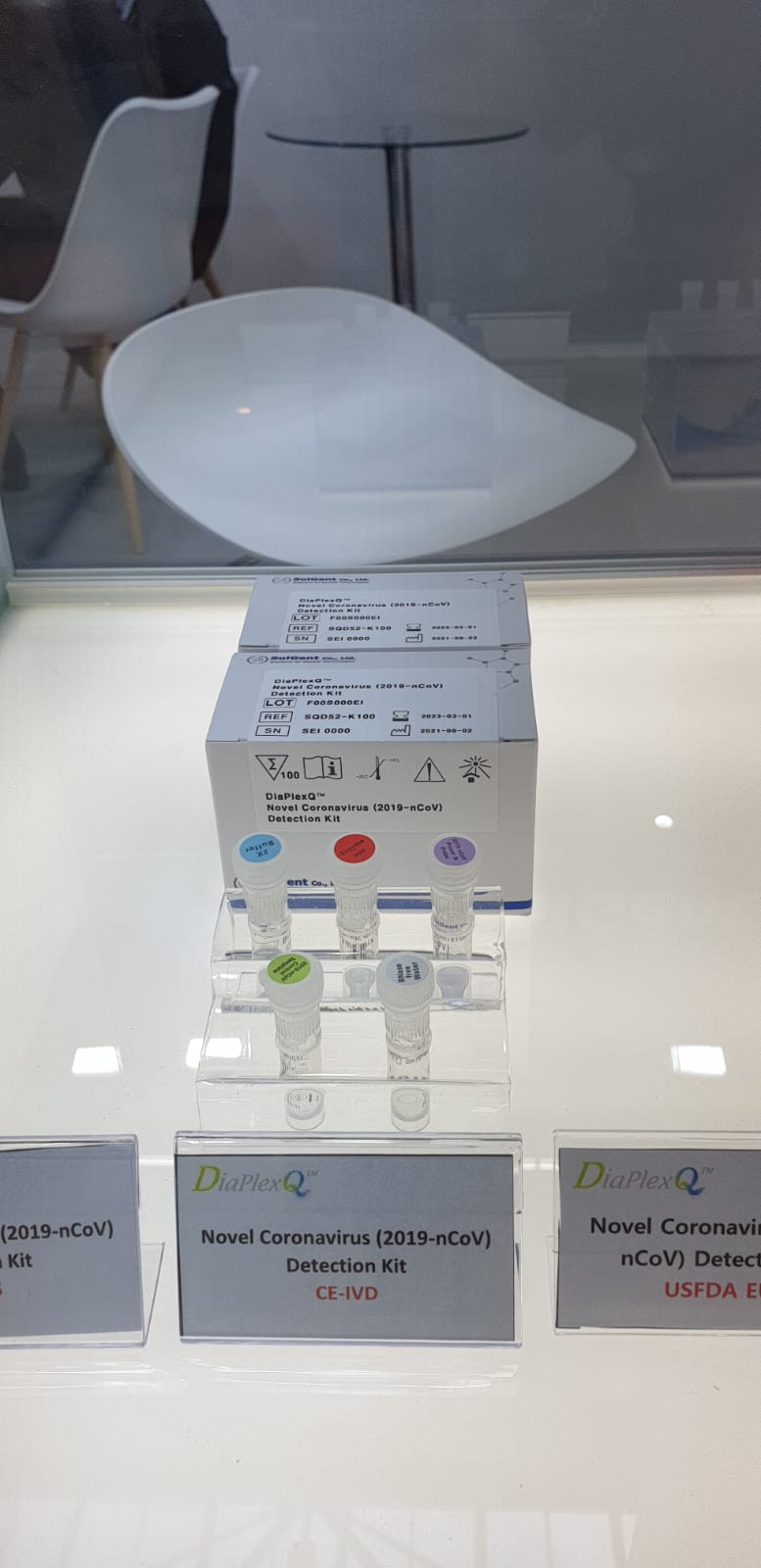Mycobacterium tuberculosis Recombinants
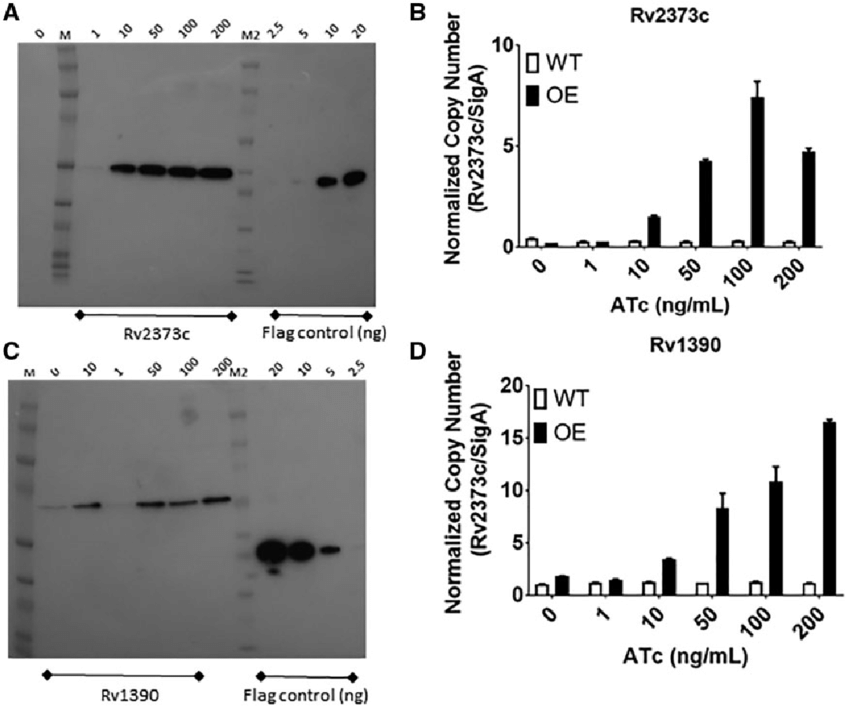
Abstract
Due to its most isolated living environment, Mycobacterium tuberculosis recombinants is generally believed to be highly clonal, and therefore recombination between different strains should be rare and not critical to the survival of the species. To investigate the roles that recombination might have played in the evolution of M. tuberculosis, a previously determined genotype analysis of 36 synonymous single nucleotide polymorphisms (SNPs) was performed in 3,320 M. tuberculosis isolates. The results confirmed the predominant clonal structure of the M. tuberculosis population.
However, recombination between different strains was also suggested. To further solve the problem, 175 intergenic SNPs and 234 synonymous SNPs were genotyped in 37 selected representative strains. A clear mosaic polymorphic pattern was obtained in front of the MT0105 locus encoding a PPE protein (Pro-Pro-Glu), which is probably the result of a recombination hot spot. Since PPE proteins are thought to be critical in host-pathogen interactions, we hypothesize that recombination has influenced the history of M. tuberculosis and possibly an important factor in the diversity observed prior to the MT0105 locus.
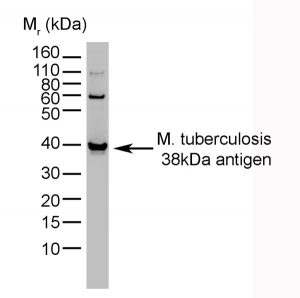
M. tuberculosis, the etiologic agent of human tuberculosis (TB), is the most widespread infectious bacterial pathogen in humans. According to the World Health Organization’s tuberculosis fact sheet, TB bacilli infect someone every second, and one-third of the world’s population is currently infected with the TB bacillus. Due to its isolated living space, lack of migration between hosts, long generation time, and latent stage, M. tuberculosis, along with other members of the M. tuberculosis complex, remains the paradigm of clonal evolution. Therefore, if recombination does occur, it happens between identical or nearly identical individuals and thus leaves few detectable traces. In fact, there is virtually no evidence of recombination of M. tuberculosis species reported to date, and many population studies have confirmed the predominant clonal evolution of M. tuberculosis.
However, there is a logical possibility of recombination between different strains of M. tuberculosis. Patients coinfected with two different strains have been reported. A chromosomally encoded conjugation system was recently identified in Mycobacterium smegmatis, opening the possibility of lateral DNA transfer through conjugation with other mycobacteria. Recently, evidence of recombination between strains that are considered progenitors of the M. tuberculosis complex has been found. Recent studies have shown that mycobacteriophage genomes are highly mosaic and contain many unexpected genes, possibly originating from hosts, so it is also possible that horizontal DNA transfer between strains (even between species) no co-infection can occur through transduction.
Materials And Methods
- Mycobacterial isolates.
The 3,320 isolates of M. tuberculosis used for this analysis are part of the 5,069 isolates studied by Gutacker et al. All isolates were collected from population-based TB surveillance of TB patients. The distribution of patients is as follows: New York, N.Y., 1,025 isolates from the year 2000; New Jersey, 756 isolates from 2000 to 2001; Houston, TX, 682 isolates from 1995 to 2000; and Finland, 857 isolates from 2000 to 2001.
- SNP data.
SNPs were first identified by aligning the genome sequences of four strains (H37Rv, CDC1551, 210, and Mycobacterium Bovis strain AF2122/97) and then verified by independent sequencing of relevant genome segments in strains TN587, CDC1551, H37Rv, and the M. Bovis strain TN10130. The SNPs were discovered by independent sequencing of a group of representative strains. The processes of SNP identification, selection and verification were described in detail by Gutacker et al. In this research, a total of 409 SNPs were studied. The 234 SNPs and 64 SNPs were previously studied, and in this investigation, 111 new SNPs were discovered and genotyped.
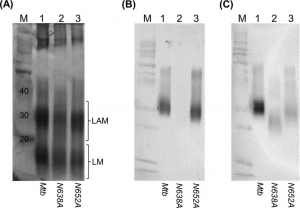
- A minimum number of recombination events.
The lower limits of the minimum number of recombination events in the history of the samples were estimated using the composite limit algorithm of Myers and Griffiths. Two methods were chosen to estimate the local lower limits for the composite limit. Considering only the SNPs in the local interval, if there were no more than 15 distinctive haplotypes in the sample, the RI of Bafna and Bansal was used. Otherwise, Hudson and Kaplan’s Rmin was used for local lower bounds. The algorithms used here were all under the infinite site model, whereby multiple mutations at the same locus were not allowed. The estimated lower bound shows at least how many matches should occur in the sample history assuming no multiple hits.
- Tree of maximum parsimony of DNA.
The DNA maximum parsimony tree method has been widely used to reconstruct phylogenetic trees from DNA sequences. In principle, this method looks for the tree topology with the minimum number of mutations to explain the polymorphism in the DNA sequences of a sample, assuming that there is no recombination. The DNAPARS program of the PHYLIP package, version 3.5c, was used to estimate the minimum number of mutations necessary for a sample.
- Neighbour join tree.
The neighbour-joining tree method is a widely used distance-based phylogeny reconstruction method. It is fast, robust, and suitable for boot testing. MEGA3 software was used to construct neighbour-joining trees with distance p and pairwise elimination of missing data. When less than 10 strains were tested, a normal bootstrap test with 1000 replicates was used. Otherwise, Efron’s two-level bootstrap method was used to produce a more accurate bootstrap confidence level due to the downward trend of regular bootstrap values in large-scale phylogenies. In the two-level snatch method, 2,000 reps were used for the first round snatch, seven edge points, and 400 second-round snatch reps for each edge point.

